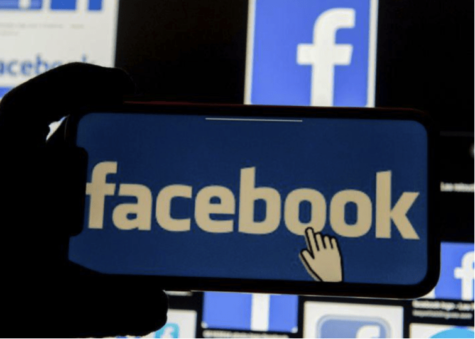January 27 According to the Associated Press, on January 26th local time, the American wireless operator Verizon experienced an unknown network problem, causing a large-scale disconnection in the northeastern United States for several hours.
Verizon spokesman Rich Young issued a statement on the afternoon of the 26th that the problems affecting the entire northeast region’s optical fiber service network have been resolved, the network is “returning to normal”, and the company has launched an investigation into the cause of the accident.
The spokesman also denied that the network service failure was related to the disconnection of a fiber in Brooklyn, New York.
There are approximately 6.5 million optical fiber Internet users in the United States. From Washington to Boston, people are having problems connecting to various online services, according to the tweets.
The Northeast is not only densely populated, but also includes major government services in the United States and large financial companies such as Fidelity Investment Group.
The interruption of Internet services will bring inconvenience, especially during the epidemic, millions of people work remotely, students attend classes online, and network failures cause great trouble.
One parent of a student said that because his daughter’s teacher could not log in to the teaching platform, he told the children to study independently instead, and the teacher arranged written homework for the students. The failure also affected Internet and cloud service providers and websites such as Google and Facebook.
“The network failure on the East Coast began at 11:25 a.m. local time and the recovery began at 12.37 a.m.,” said Doug Madori, director of Internet analysis at network monitoring company Kentik.
He reported to Verizon that traffic was down by 12%. Comcast, another major Internet service provider, said that no problems with its network were found on the 26th.
If the problem is on Verizon’s main network, some online services may be disrupted even if the home internet still works,” says Cary Wiedman, a network engineer in northern Virginia.



